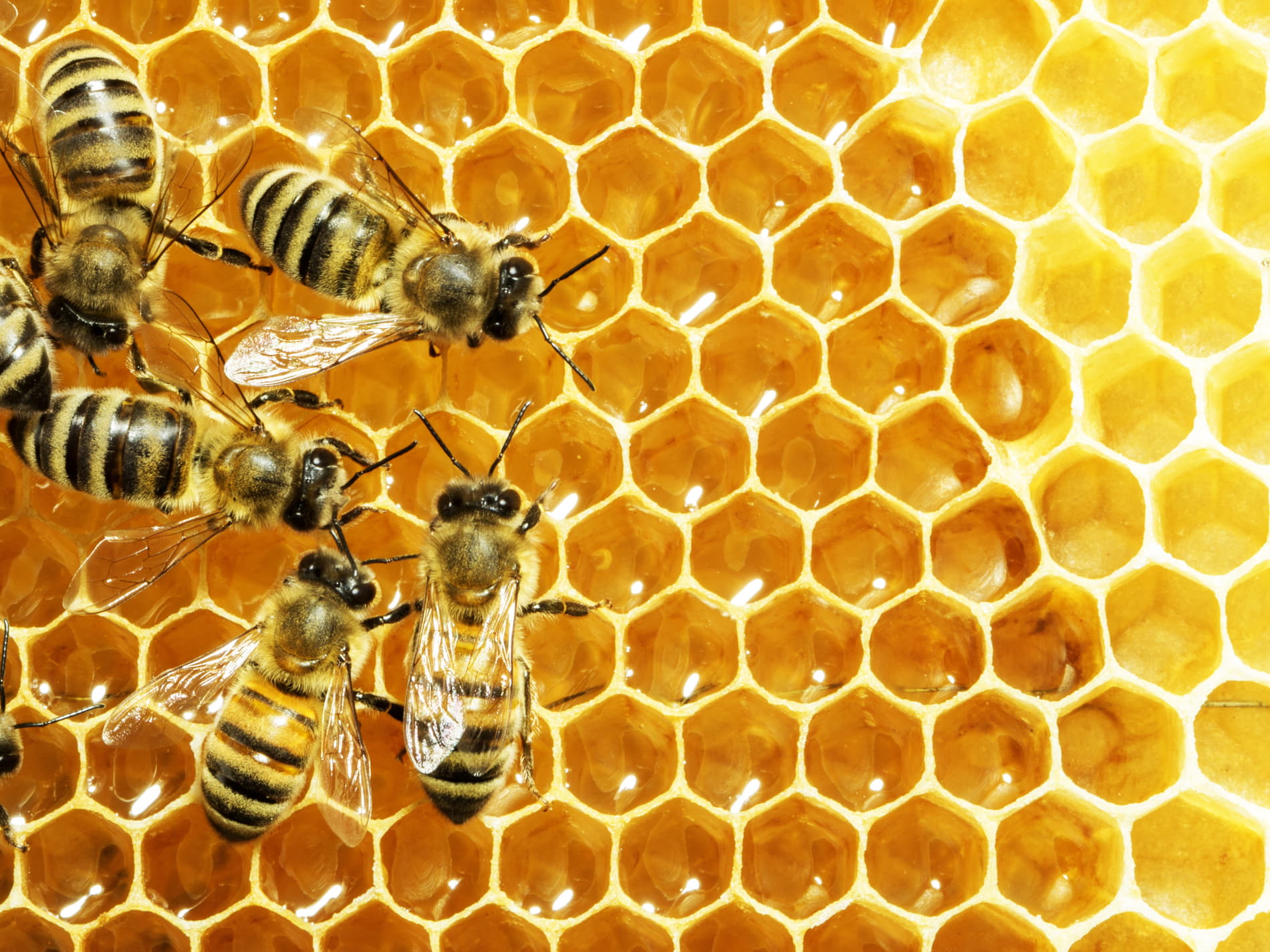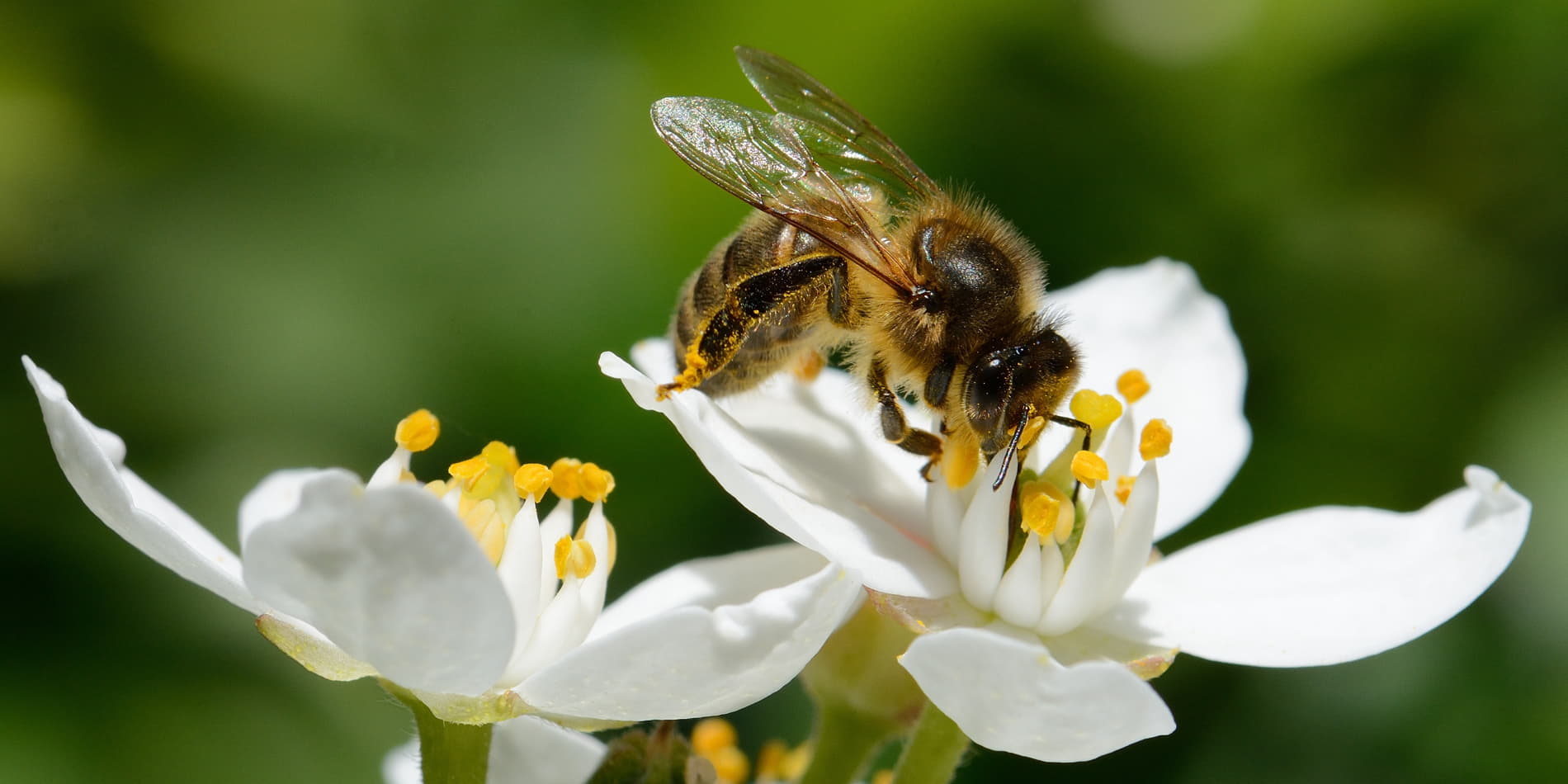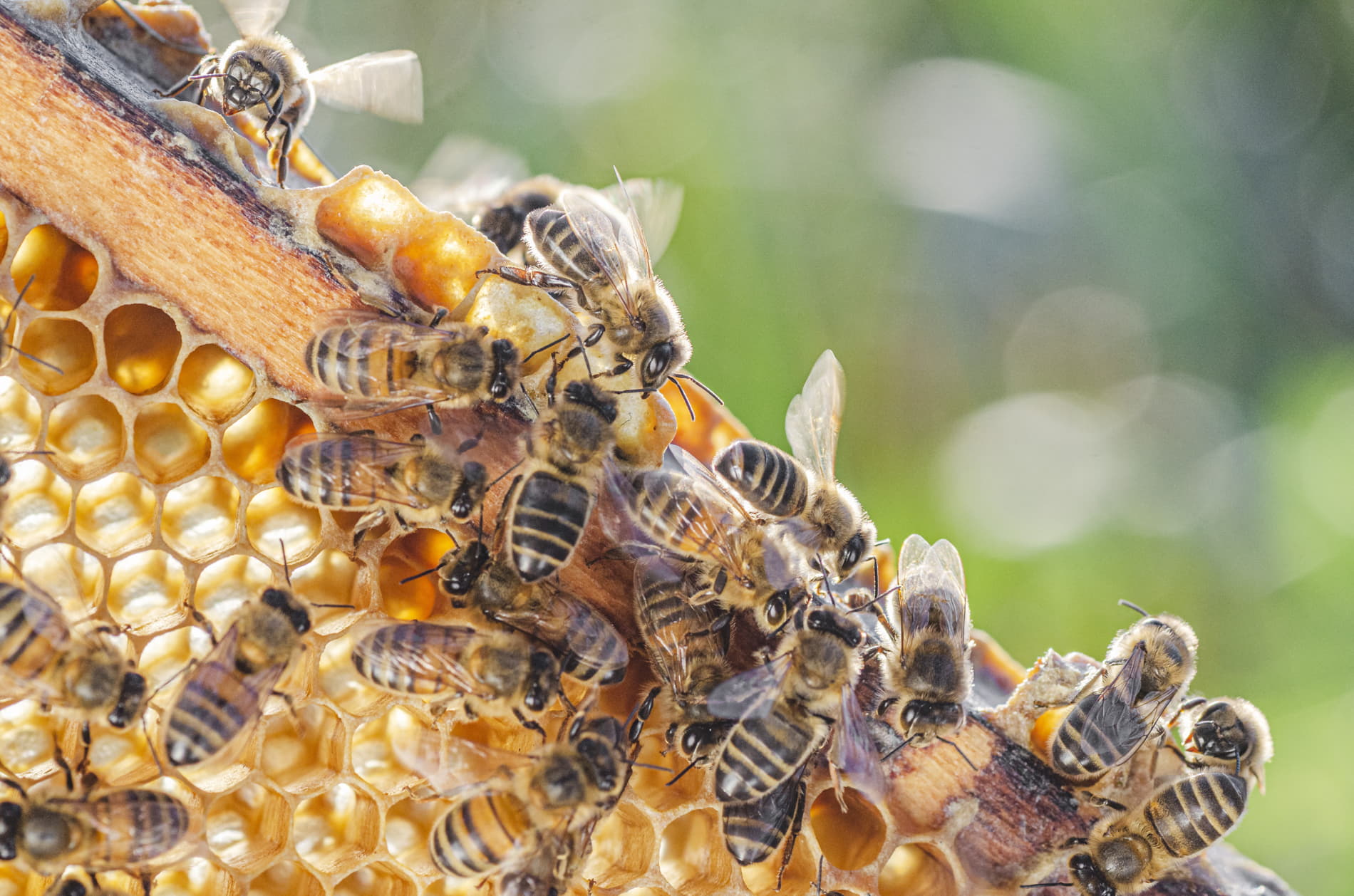What foods do bees make?
Do you know exactly what bees make? Which foods are derived from them? And what are the properties of these foods? We tell you everything!
TRIED AND TESTED
Share

The United Nations declared the 20th of May as World Bee Day to draw attention to the importance of conserving bees and other pollinators. The date was decided upon because it is the birthday of Anton Janša, an 18th century Slovak beekeeper and a pioneer of modern apiculture.
Bees are important because they are responsible for pollinating crops in the plots near their hives, and this contributes to improving biodiversity. In fact, according to the United Nations Food and Agriculture Organisation (FAO), 75% of the world’s food crops depend on being pollinated by insects, such as bees, and other animals. Furthermore, of the 100 crop species that provide 90% of the world’s food, over 70 of these are pollinated by bees.

What foods do we obtain from bees?
- Royal jelly: is a substance secreted by young bees through a gland in their head. This yellow-coloured liquid is used to feed the queen and the larvae of the worker bees during their first days of life. It has a creamy consistency and it has a similar taste to natural yogurt. Royal jelly contains thiamine which supports nervous system function and supports good heart function under normal conditions. It also contains riboflavin which helps to reduce tiredness and fatigue.
- Propolis: is a resinous, chestnut, greenish or almost black-coloured substance. Bees make it from resins in plants and trees (willow, pine, fir) mixed with wax, pollen and their own saliva and they use it to protect the hive from infections. It has analgesic, healing and antibacterial properties and helps to treat ulcers and inflammation in the mouth.
- Honey: is their best known product. It is a thick, sticky and very sweet substance that bees make from the nectar extracted from flowers and which they then deposit in the cells of the hive. There are different types of honey, and these are classified in two large groups: single flower and multi-flower, such as rosemary, orange blossom, lime, eucalyptus and thyme, and woodland honey, among which there is pine, chestnut, hazel and heather. Honey helps to reduce tiredness and fatigue and, due to its vitamin B6 content, it supports the normal function of the immune system.
- Pollen: bees collect this from flowers on their legs, they moisten it with nectar and shape it into little balls which they take to the hive where it serves as food for the worker bees. Generally, it is yellow-ochre in colour and it varies depending on the species of plant that it was acquired from. It is an energising food that reduces fatigue and blood pressure. It also has dermatological functions, which improve the appearance of the skin.
- Wax: is a fundamental element in the architecture of the hive where the bees store the honey and pollen. It is used as a waterproofing agent for wood and leather and for reinforcing thread. The cosmetics and pharmaceutical industries are the main consumers, representing 70% of the global market. It is the constituent par excellence of beauty creams, ointments, dressings, lipsticks and face masks.

How bees produce honey
Bees make honey from the nectar they extract from flowers. But how do they make it? They drink the nectar and store it in their «honey stomach», which is a different stomach to the one used for eating. When this recipient is full of nectar, the bee returns to the hive. There, they pass the nectar to the mouths of other worker bees who chew it and regurgitate it until it turns to honey. Then it is deposited in the cells of the hive. After this, the bees dehydrate it by creating airflows with their wings in the warm temperature of the hive. When approximately 80% of the water has been removed, the honey making process is complete and the bees close all the cells to preserve it properly.
Honey can have different colours and flavours depending on its age and the type of flower from which the nectar was taken.






